After nearly 8 months on the road I had long begun to feel like I had seen it all. I've been to more churches, castles, parks, and monuments than I can appreciate in a lifetime. I recall all the way back to my third night in Madrid. I asked Andrea what she planned to do the following day and she said something along the lines of "just hang out in the park. I'm tired of all the culture and shit."
Culture and shit. At the time I wondered if I would ever get to the point where I would regard the meat of the world's stew as "culture and shit." To be fair she was just joking around but the feeling of being becoming numb or nonchalant about sightseeing is a very real occurrence after an extended travel period. Andrea had been on the road 10 months. It was less than 6 months before that feeling began to set in with me. Thankfully I was able to largely mitigate it with those two trips stateside for weddings and by mandating down days where I would do as little as possible in an effort to restore my traveler's gusto.
That said, by the time I stepped aboard the train to Luxembourg, with less than a week until my flight home, it was all I could do to keep any amount of focus on the trip. It didn't help that I hadn't expected to find much of note in Luxembourg- I was heading there more or less to check it off the list since it was located between me and Paris. But upon boarding the bus from the station it became evident to me immediately that Luxembourg was a city worth the full consideration of even my most anticipated destinations.
I haven't written much about it but the last 7 or so weeks of my European Wanderlust adventure were accomplished with the aid of a EuRail pass. It cost about $600 and provided 8 rides within three months anywhere within Germany, Austria, Czech Republic, and Benelux (Belgium, Netherlands, & Luxembourg). So with the exception of some cheap intra-country trains I had been traveling almost exclusively on my rail pass.
To use the rail pass you have to write in the date of travel and then fill in the lower section with your date, departure and arrival cities, time of departure, and train number. Pro tip: certain countries (in my experience Czech Republic and the Netherlands) don't bother to stamp your rail pass after inspecting it. Thus, if you happen to have an erasable pen handy, you can erase a ride after completion and afford yourself a complimentary journey as a reward for your ingenuity. Sadly my train trip to Luxembourg would be the final chance to use my rail pass, but I will note said pass was perfectly allocated to run its course on that very day.
For a reason unbeknownst to me I love that picture. I want to photoshop it into advertisements as an endorsement of quality or safety or... whatever. Anyway, as I mentioned, merely the bus ride from the train station to my hostel was enough to pique my interest in the city as it wound its way from the newer portion of town across a bridge over a valley and into the old town and then across an even older bridge over a deeper valley toward the Clausen portion of town. I hadn't realized this but Luxembourg is built on a series of steep hills cut by valleys carved by the Alzette river. The other thing I hadn't realized was that Luxembourg is very old and very well fortified as you can see from the bridge.
Luxembourg first dates back to Roman times when a fortification was built here to protect the confluence of Roman trading roads. The rights to the land was eventually purchased by Sigfried I in 963 and the fortification of the city and its importance as a strategic military stronghold began. As you'll see from the forthcoming pictures, the topography of the area makes it naturally suited to defense and by the 12th century there was a wall surrounding the old town as well as numerous fortifications on the adjacent hillsides.
Over the ensuing centuries Luxembourg was conquered and continuously refortified by nearly every Western European power: Burgundians, Spanish, French, Austrians, Prusians, etc. The Spanish built the first tunnels (casemates) in 17th century and apparently the city was at one time so well fortified that under a long siege by the French it was referred to as the "Gibraltar of the North."
Control of Luxembourg eventually passed to the United Kingdom of the Netherlands but it's dominion was a source of conflict between the Prussian Empire and France. Napoleon III and Otto von Bismarck butted heads over control of it, the result of which was the dismantling of Prussian arms and fortifications in the city and its assigned status as "independent" although still under the control of the Netherlands. In 1890 Grand Duke William III died with no male heirs and thus the Duchy passed out of Dutch hands and into the control of an independent family thus officially making Luxembourg itself independent. Sorry, the history of Luxembourg has a lot of duchy to sort through. Ha! Poop joke. Low brow folks, you're welcome.
These days many of the old tunnels and fortifications can still be seen including the rebuilt Fort Thungen which sits atop the hill adjacent to the Museum of Modern Art and at the frontier of the new European Quarter.
But we'll get more into the fort shortly. My hostel was in the valley near the old settlement of Pfaffenthal and across from the city's hospice center. This provided a great view up to the old town and the resulting handsome hike.
These days the necessity of modern transportation has altered the landscape of the city markedly as there are rail and road bridges towering over the valleys like ancient Roman aqueducts. One of the more impressive examples is the rail bridge over Altmunster which just happened to be adjacent to my hostel.
As autumn had settled on Northern Europe, I was running short of daylight and had to defer my exploring until the subsequent day. I struck out the following morning early, eager to explore this curious city I had only seen glimpses of. My first stop was to wander the banks of the old settlement of Pfaffenthal which lies at the foot of the hill just to the east of the old town fortifications. As you follow the river you'll no doubt see the gigantic bridge that eventually becomes the J.F.K. Avenue. I particularly like this shot of the town with the old bridge and the new bridge towering overhead.
As you may have noticed, the old bridge connects to a tower which forms the beginnings of the fortifications that lead up the hill to Fort Thungen. Full of power I decided to scale the stairs to the top of the hill. It was a considerable hike for that hour of the morning but the view was well worth it.
From there I proceeded on foot through the woods with a vague idea of where I needed to go. Eventually I wound my way to the fort but not before stumbling on something I found fascinating- the exit to an old casemate leading into the fortifications. This particular tunnel exit was in the middle of the woods- probably at least half a mile from the fort. How cool?
I wandered around the fort for a while (sadly the museum was closed) until I finally emerged from the front entrance of the fort to another view of the old town. As you'll come to see, good views come cheap in Luxembourg.
These days the necessity of modern transportation has altered the landscape of the city markedly as there are rail and road bridges towering over the valleys like ancient Roman aqueducts. One of the more impressive examples is the rail bridge over Altmunster which just happened to be adjacent to my hostel.
As autumn had settled on Northern Europe, I was running short of daylight and had to defer my exploring until the subsequent day. I struck out the following morning early, eager to explore this curious city I had only seen glimpses of. My first stop was to wander the banks of the old settlement of Pfaffenthal which lies at the foot of the hill just to the east of the old town fortifications. As you follow the river you'll no doubt see the gigantic bridge that eventually becomes the J.F.K. Avenue. I particularly like this shot of the town with the old bridge and the new bridge towering overhead.
As you may have noticed, the old bridge connects to a tower which forms the beginnings of the fortifications that lead up the hill to Fort Thungen. Full of power I decided to scale the stairs to the top of the hill. It was a considerable hike for that hour of the morning but the view was well worth it.
From there I proceeded on foot through the woods with a vague idea of where I needed to go. Eventually I wound my way to the fort but not before stumbling on something I found fascinating- the exit to an old casemate leading into the fortifications. This particular tunnel exit was in the middle of the woods- probably at least half a mile from the fort. How cool?
I wandered around the fort for a while (sadly the museum was closed) until I finally emerged from the front entrance of the fort to another view of the old town. As you'll come to see, good views come cheap in Luxembourg.
The only downside of being up at the fort is that to get anywhere else you have to walk downhill (and inevitably up another hill). On the way down there is a nice view toward Clausen which would be my next destination. Did I mention it was autumn?
As you follow the river around toward Grund, you'll come across a number of new buildings packed with bars and restaurants along the Mousel street. Only everything was deserted. I thought I had stumbled into a recreation of the town from Yojimbo. It was exceptionally eerie but I decided to make a return visit later in the day to see if the scene would liven up. My next stop was the villa complex marked on my map as Rumm, but when I arrived I discovered the entire area was under construction. I walked around for a bit unable to see much until I finally came upon a clearing which provided the best yet view of the old city proper. Really, this one is good.
From there you can wind your way down into another old area called Grund where you will encounter a small old bridge that provides the best way for you to storm the city- the same way conquering armies have for centuries. Along the way there are walls and fortifications and more walls and even more fortifications. And don't forget the casemates.
You'll notice that because of the rocky terrain there are buildings in the rocks...
And rocks in the buildings.
But don't let those pesky rocks mesmerize you- the Grund offers some of the most picturesque elements in all of Luxembourg. I was even prompted to stop in the middle of the crowded bridge and go full-tourist to snap a photo of the buildings nestled alongside the winding river.
By this point it was approaching 2pm and I had been at it since the wee hours. I spotted a cafe boasting an 8 euro lunch and I stopped to inquire of its contents. The friendly and extremely attractive Luxembourgette on call at the cafe informed me the lunch came with bread, salad, and a choice of vegi pasta, eggplant, or what sounded like a pizza sandwich. Surely I must have misheard that last part. I decided to give the pasta a go and was generously rewarded with one of the tastiest meals of my entire trip. I'm sure it didn't hurt that I was hungry. As Cervantes puts it, "hunger is the best sauce in the world."
Replenished it was time to finally tackle the old town that I had been spying from a distance for the better part of 24 hours. On the way up the hill can you guess what I saw? More fortifications!!
Almost just as you enter the old town from the eastern gate you will bump into the Cathedral of Notre Dame. It's free to go inside and I did for one simple reason. Dear reader, I bring you... the last church of Wanderlust Stints 1 & 2!!! Praise be!
Interestingly, the majority of old town doesn't look very old these days. In fact, it's mostly filled with high end stores spotted with the occasional tourist trap. This is an example of an old town street (and in point of fact there are only around 12-15 of them making up the "grid" that is old town so it won't take you more than an hour to canvas the entire thing).
But there are a few things of note in old town besides shopping. One is that the palace still resides within the old town walls. And it's located down a very nondescript street at the intersection of another nondescript street.
Also located (and seemingly very out of place) in the old town is the Alima supermarket. You walk down an alley and then all of a sudden it's right there as if it had plummeted from the sky and crash-landed amongst the historic buildings. I used the opportunity to jump start my baguette, wine and cheese program that I planned to put back into heavy effect when I arrived in Paris the following day.
Luxembourg these days is a commercial center for banking, insurance, and a host of other trades. A bartender I met at the ghost town which I'll get to later said to me that Luxembourgers "love to work- all they care about is money." Sounds like New York. As such, the price of goods is a bit inflated in Luxembourg so the Alima was a much welcomed respite. L-berg certainly isn't more expensive than Paris but it's probably higher than most everywhere else in France (not coincidentally it ranks second in highest in the world in income per capita at around $80,000 USD). Also they speak French and it's more or less like France. How's that for a primer?
What was I talking about again? Oh yea, soccer. Football. Foosball. Apparently the following day Luxembourg was due to play Scotland in a World Cup qualifier match. Uncovering this fact eased the apprehension that had been building throughout the day as I spotted an increasing amount of men wandering the city in kilts. As I was preparing to bring my one-man unguided walking tour of Luxembourg to a close I noticed the Luxembourg fans had seemingly gathered in front of the Palace to support their team... or protest it. Honestly I couldn't tell.
I walked past a cafe on my way out of town and witnessed something I've never seen live: a person being fired in a public setting. Forests, tunnels, kilts, and terminations... an odd day. As I retreated back toward the hostel after a long Luxembourg expedition, I finally got to traverse the bridge I had been looking up at ever since arriving. From here there is a clean eye line toward the European Quarter in the distance and the hostel in the valley below...
and... more fortifications!!
Which of course you forget about once you've walked down from the bridge because you are immediately met with... the bridge's own fortifications!
So... Luxembourg was well fortified? After a brief respite at the hostel I made my way back to the bar/restaurant district to see if I could stir up some nightlife. I could not.
I was literally the only person on the street. I made my way inside the brewhouse for a beer and to inquire as to whether I was merely uninformed of some sort of gas or gamma scare. According to my bartender from Greece, Luxembourgers are too busy with work to have any fun during the week. Most of the bars and restaurants on this drag are closed or completely dead Sunday-Thursday. While his explanation seemed reasonable, after I tried the brewery's Luxembourg beer I had reason to believe the quality of the fermented libations may be an equal culprit. After one beer I left and still, even then, no one...
Forget Gibraltar of the North, I'm calling it Morocco of the North! This city is drier than an Amish wedding. But despite the apparent severe lack of night life, I still loved Luxembourg. It's clean, safe, friendly, beautiful, and a bit expensive but not gougingly so. Oddly enough, and despite my undeserved preemptive write-off, I could really see myself shacking up there.
It's the kind of city where you could focus- less distractions and the like. At the same time it's close to major hubs like Paris, Brussels, Dusseldorf, Frankfurt, Zurich, and even Amsterdam so you could reconnect with civilization or debauchery at your leisure. As I walked around that day I couldn't stop thinking about that billboard from Bret Easton Ellis' Less Than Zero, "Disappear Here." Maybe, just maybe, one day I will.
Bonus Photo: On my way out of town the next day I got a very real reminder of the impending holidays and my return home. The city was setting up its Christmas tree outside the train station.

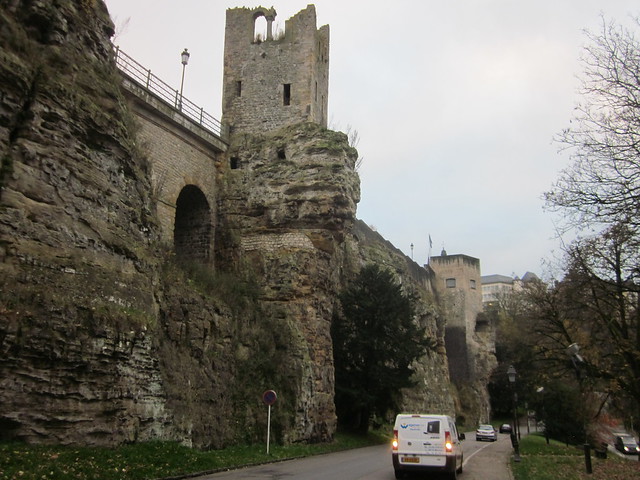
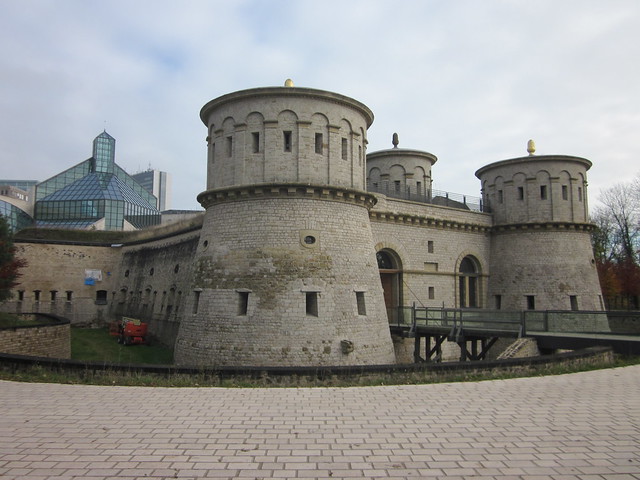
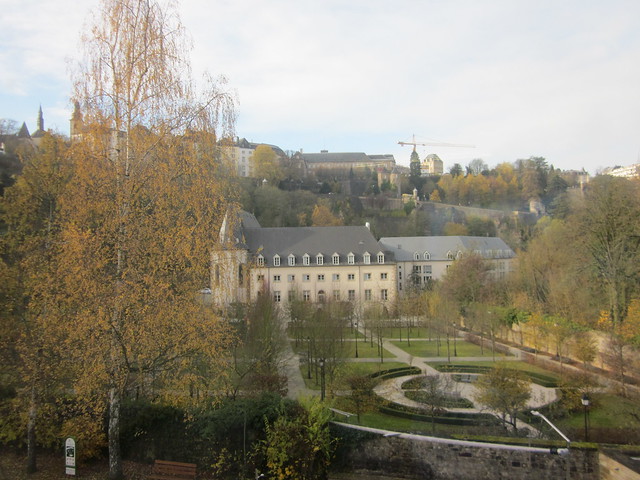
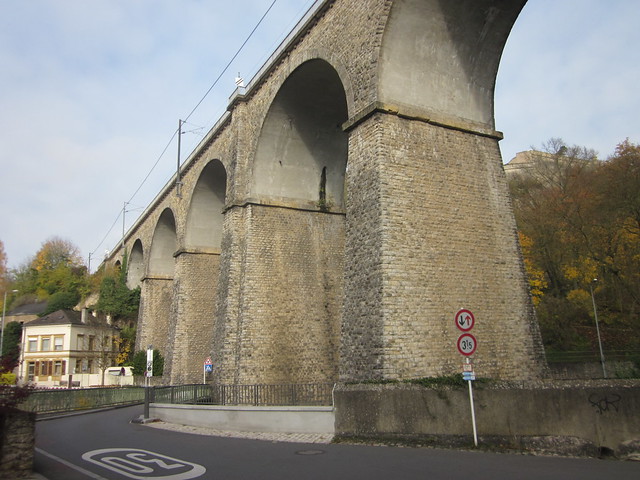
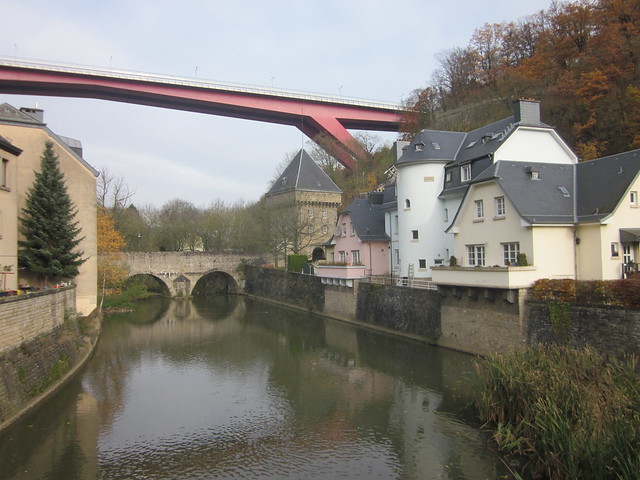
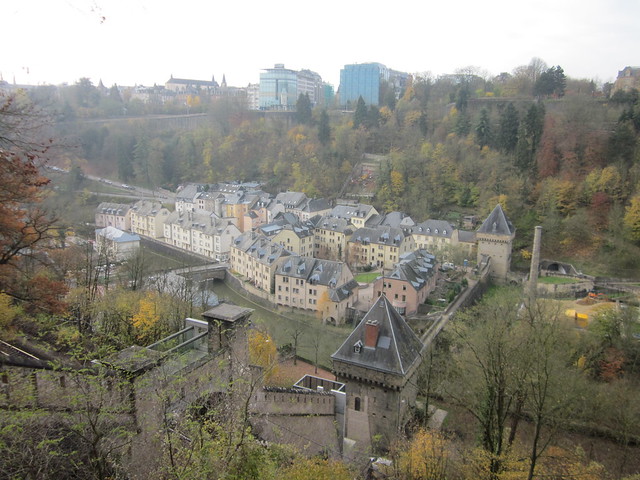
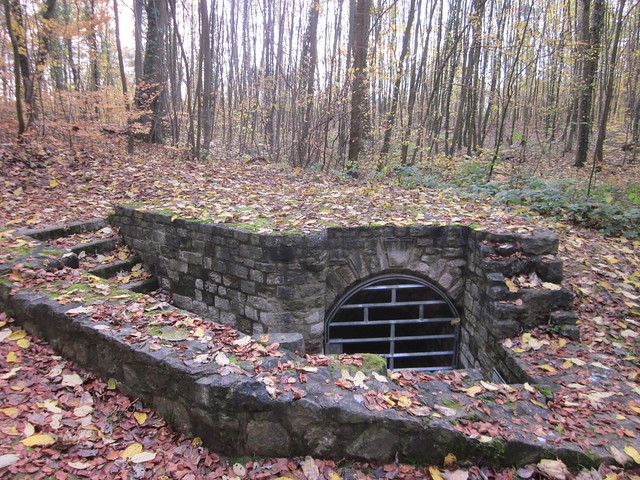
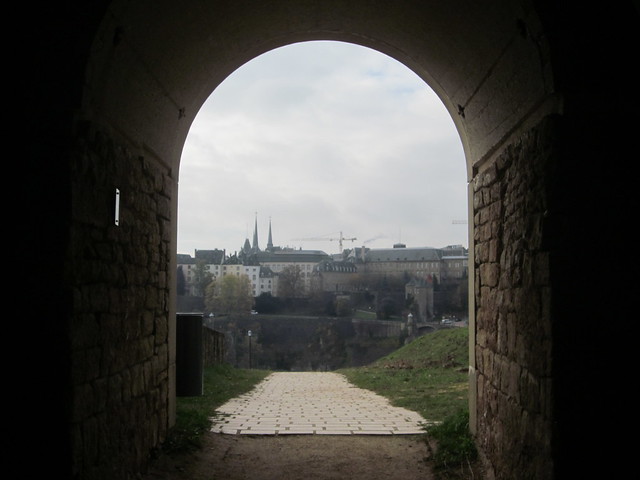
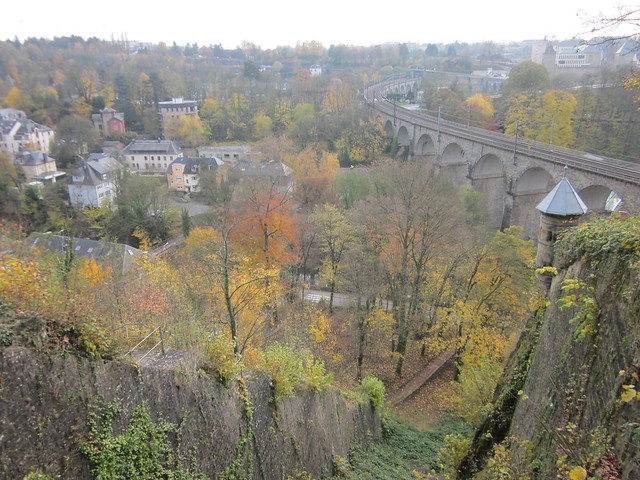
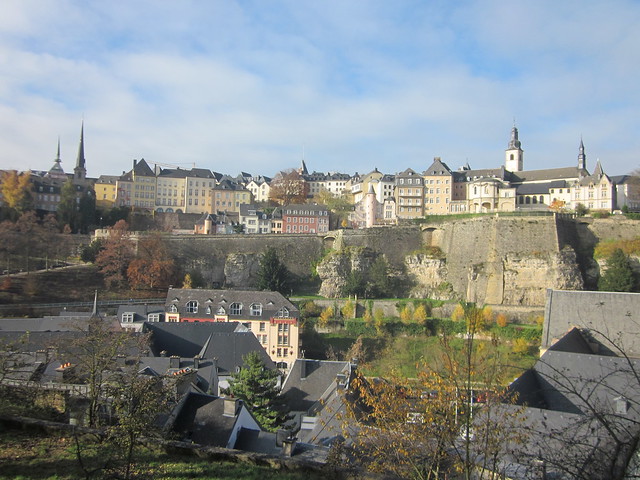
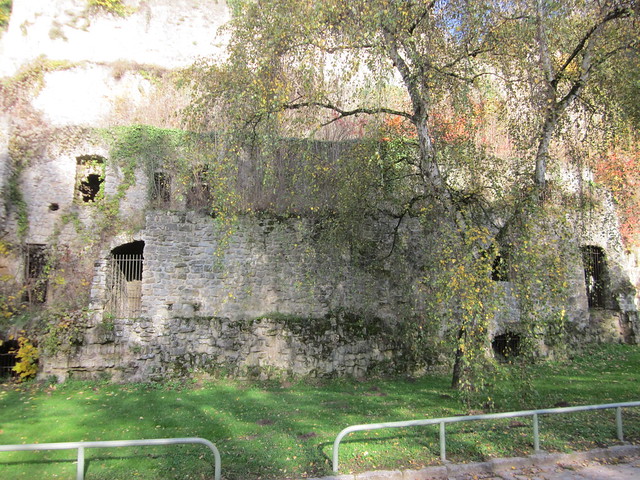

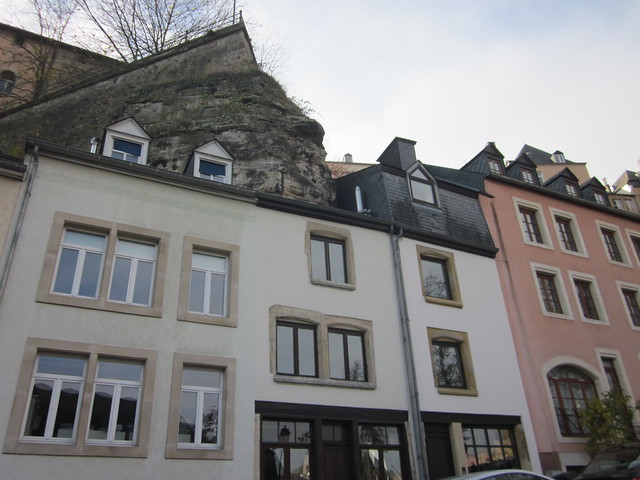

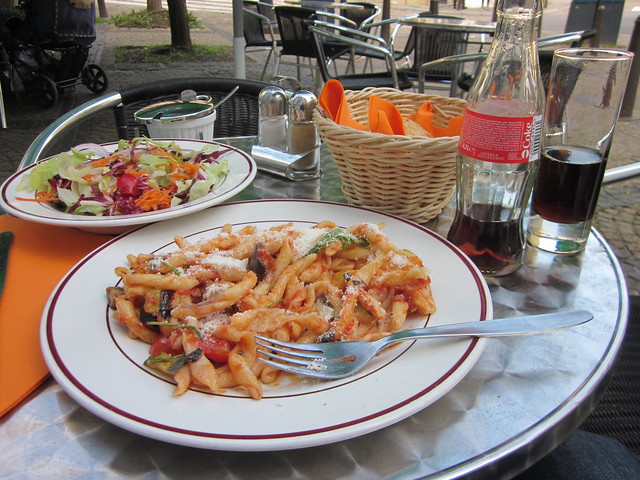
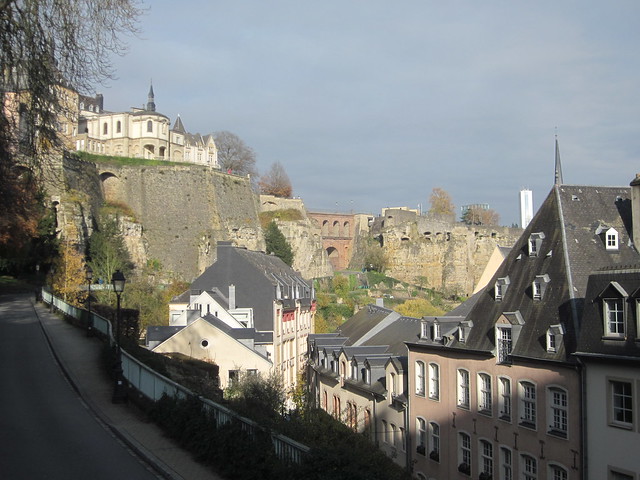
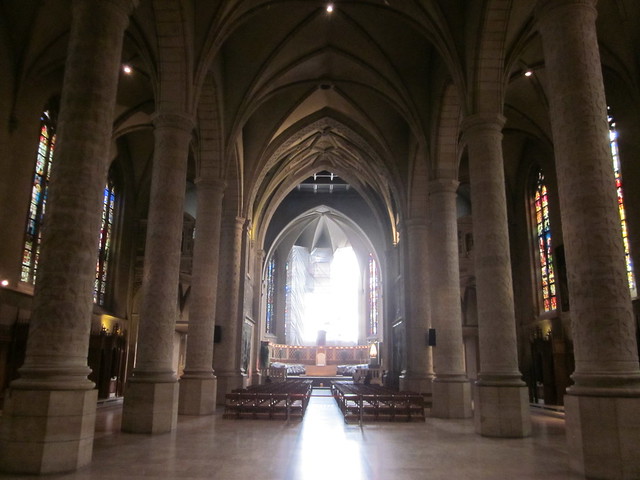
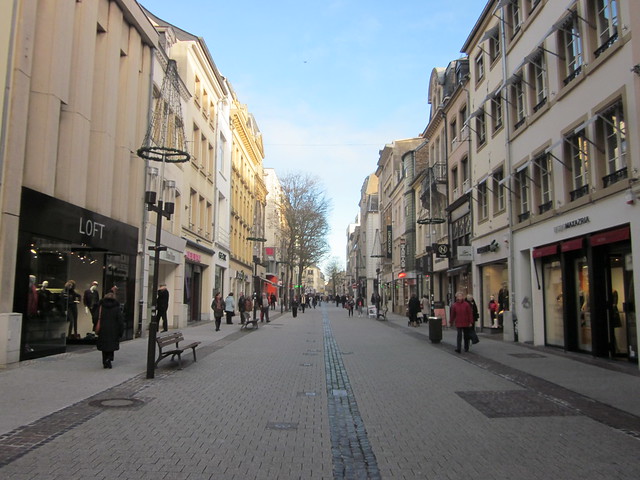
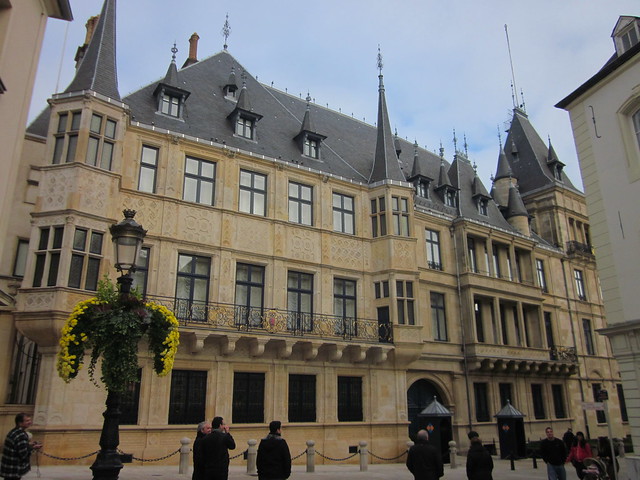

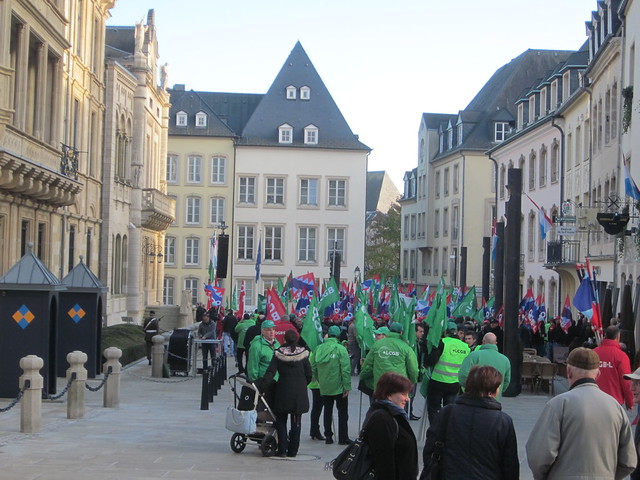

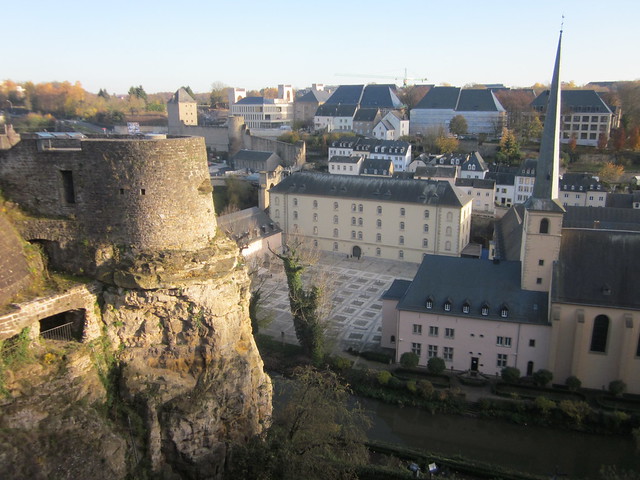
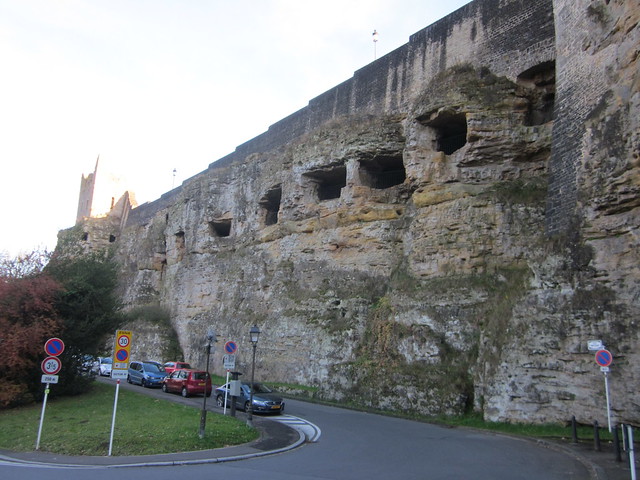
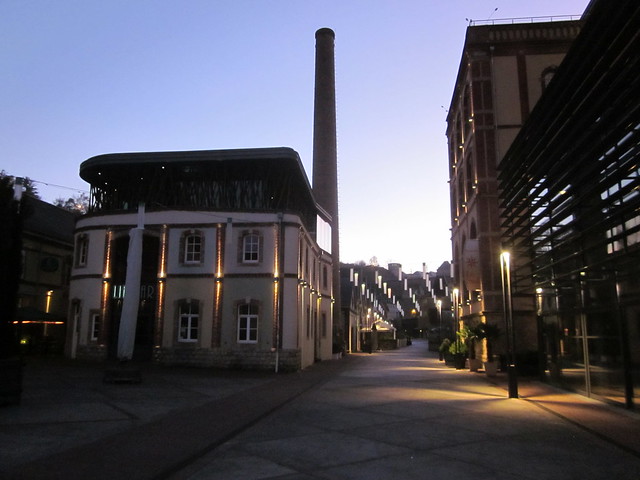
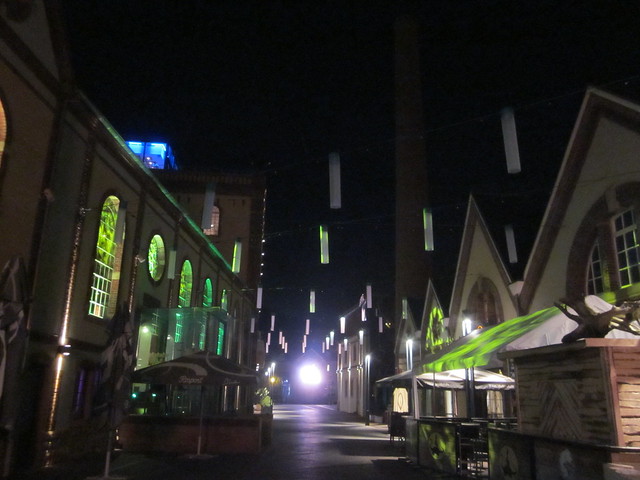

No comments:
Post a Comment